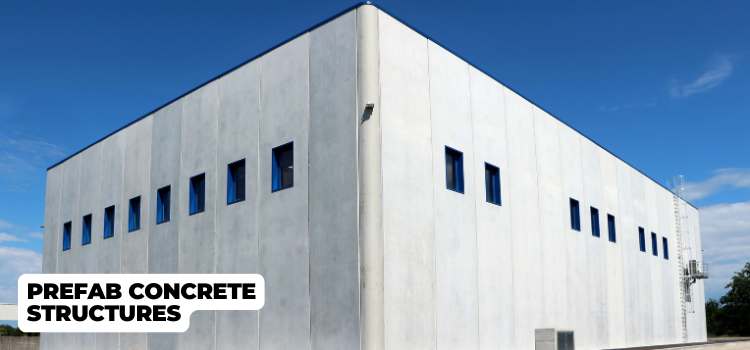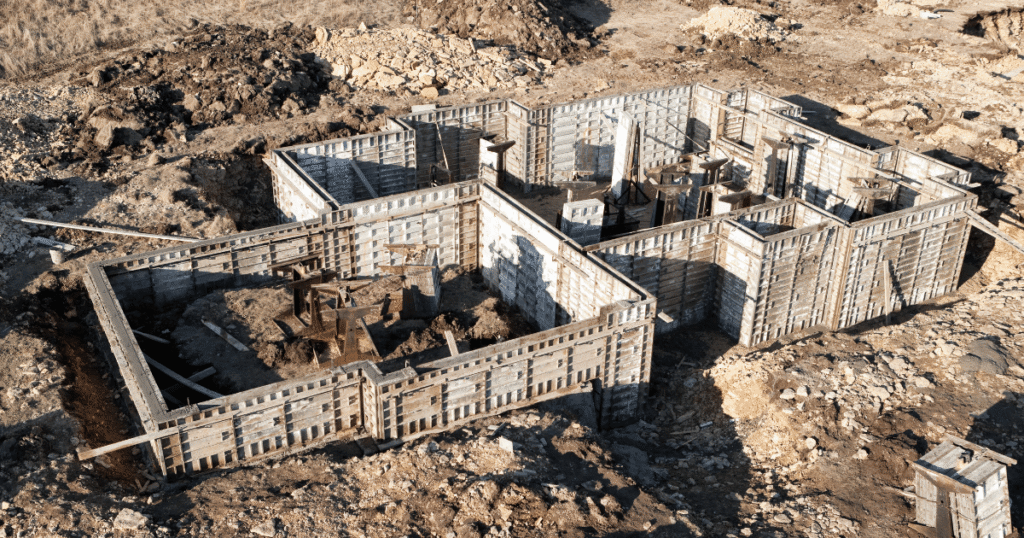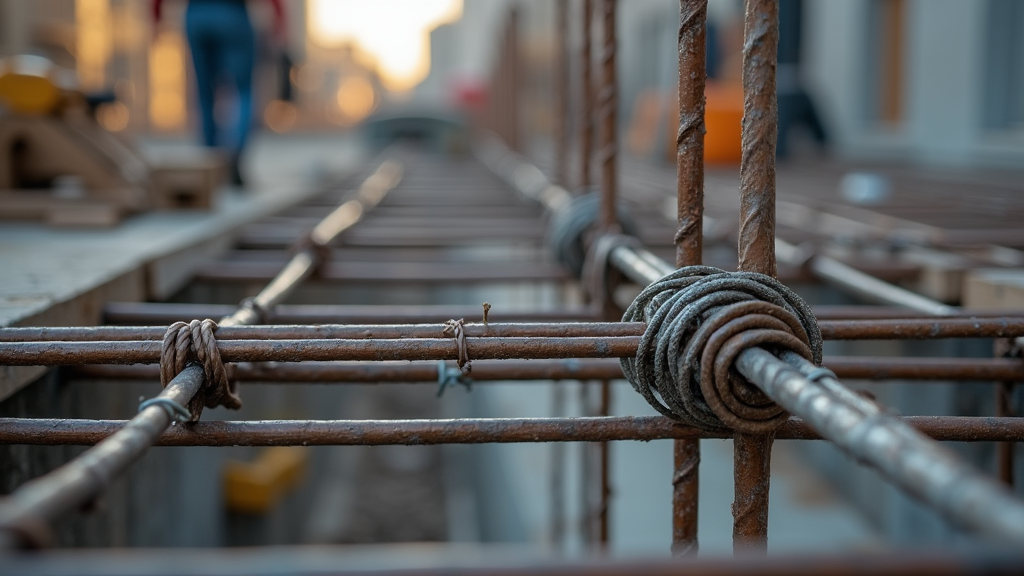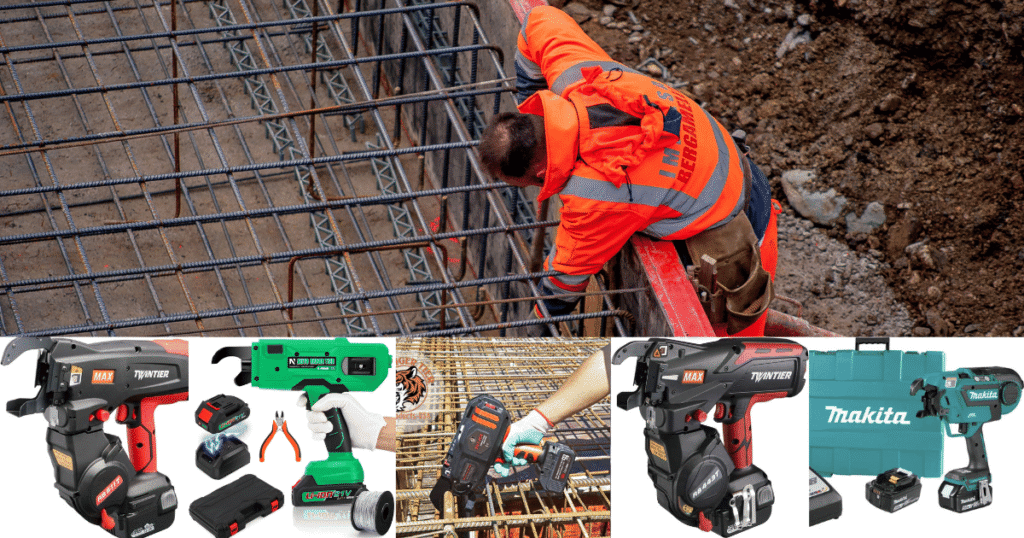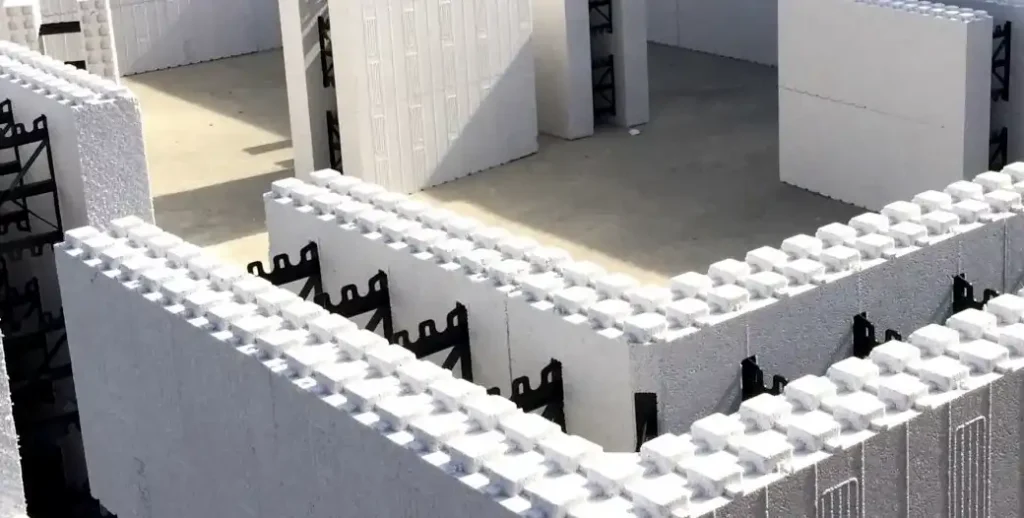If you’ve been thinking about building something, whether it’s a home, a commercial space, or even a garage, you’ve probably come across prefab concrete structures. And if you’re wondering if they’re actually worth considering, the short answer is: yes, absolutely.
Prefab concrete is changing the game in the construction world. It’s faster, cleaner, and often more affordable than traditional building methods. But there’s more to it than just speed and cost.
Let’s dive into what prefab concrete structures are, why people love them, and whether they’re the right fit for your next project
So, What Are Prefab Concrete Structures?
Think of prefab (short for “prefabricated”) concrete structures like this: Instead of pouring concrete on-site and waiting for it to dry, all the components, for example, the walls, beams, and slabs are made ahead of time in a factory. Then, those pieces are shipped to your site and assembled.
Basically, it’s construction on fast-forward. You’re building with giant, high-quality LEGO blocks that fit together perfectly.
Why More People Are Choosing Prefab Concrete Structures
Prefab concrete structures aren’t just a trend, they’re a smart solution for a bunch of common construction headaches. Here’s what makes them stand out:
- Faster build times – You’re not waiting on weather or drying times.
- Lower labor costs – Fewer workers needed on-site.
- Consistent quality – Everything’s made in a controlled factory environment.
- Stronger, more durable buildings – Great for withstanding time, weather, and wear.
- More sustainable – Less waste and better use of materials.
And let’s not forget, modern prefab doesn’t look “boxy” or boring. You can still have beautiful, custom-designed finishes that make your project stand out.
Different Types of Prefab Concrete Structures
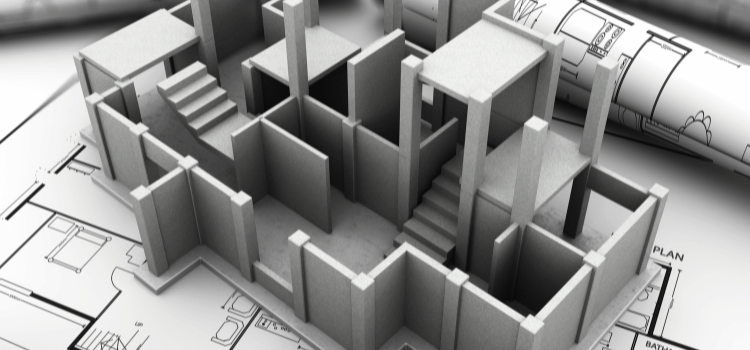
Not all prefab concrete looks the same. Depending on what you’re building, there are a few different types to choose from:
1. Precast Concrete Panels
Large wall panels that are manufactured off-site and delivered ready to install. Super popular in commercial and residential projects.
2. Pre-stressed Concrete
This type of concrete has added tension built into it, which helps it handle heavier loads, think bridges or multi-story buildings.
3. Modular Prefab Units
These are entire sections of a building (like bathrooms, stairwells, or even full apartment rooms) that are made off-site and then brought in for final assembly.
4. Beams, Blocks & Slabs
These smaller components are flexible and can be used in lots of creative ways, either on their own or as part of a bigger prefab build.
Where You’ll See Prefab Concrete Being Used
You’d be surprised how often prefab concrete structures are used, you just might not realize it.
Some common examples:
- Modern homes (yes, even fancy ones!)
- Office buildings and shopping centers
- Schools and hospitals
- Parking garages
- Industrial warehouses
It’s not all gray boxes and factory vibes. A lot of these buildings look sleek, stylish, and totally custom.
Pros and Cons of Prefab Concrete Structures
Like anything, prefab concrete has its pros and cons.
Here’s a quick snapshot to help you decide if it’s right for your project.
👍 Pros:
- Faster construction = quicker move-in or open date
- Lower long-term costs
- Minimal site disruption
- Reduced waste and better environmental footprint
- Fire and pest resistant (huge win)
👎 Cons:
- Transporting large pieces can be tricky
- Changes after production? Not easy
- May require cranes and special equipment on-site
- Not every builder is familiar with prefab systems
Still, for most people, the benefits outweigh the challenges, especially if you plan ahead.
Things to Keep in Mind Before You Get Started
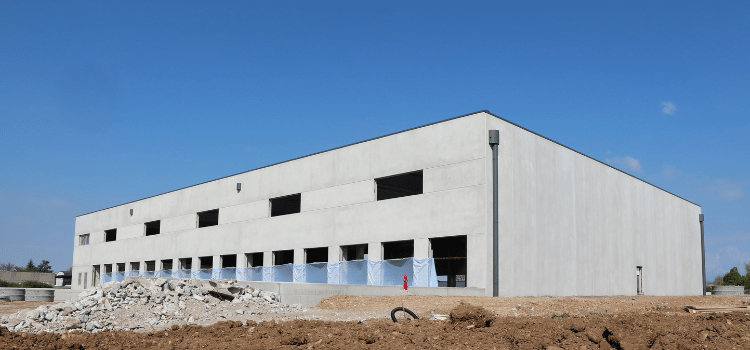
Prefab concrete structures are awesome, but like anything in construction, it all comes down to planning.
Here are a few things to think about:
- Access to your site: Will trucks and cranes be able to deliver and install the pieces easily?
- Design: With prefab, it’s better to finalize your design early. Making changes later can be tough (and expensive).
- Team experience: Not every contractor knows prefab, so work with someone who’s done it before.
- Permits and local codes: Some areas have different rules around prefab construction, so check in with your local authorities early.
Where Prefab Concrete Really Shines
Here’s a quick look at how prefab concrete structures are being used across different industries:
🏠 For Homes:
- Modern single-family houses
- Duplexes or townhouses
- Multi-unit apartments
🏢 For Businesses:
- Retail spaces and storefronts
- Office buildings
- Hotels or lodging
🏭 For Industrial Projects:
- Manufacturing plants
- Storage warehouses
- Distribution centers
🏫 For Institutions:
- Schools and college buildings
- Medical clinics and hospitals
- Government or municipal facilities
Whether you’re building small or going big, prefab concrete has the flexibility to scale up (or down) to meet your needs.
Thinking About Using Prefab Concrete Structures? Start Here:
Before you jump in, here’s a quick checklist to help you get started on the right foot:
- ✅ Nail down your design – Work with an architect who gets prefab construction.
- ✅ Choose the right prefab supplier – Quality matters. Don’t just go with the cheapest option.
- ✅ Coordinate delivery and logistics – You’ll need cranes, equipment, and space to stage the pieces.
- ✅ Keep the communication flowing – Between your architect, supplier, and builder, everyone needs to be on the same page.
- ✅ Be ready to adapt – Sometimes things change during the build. Stay flexible.
Final Thoughts
If you want a quicker, cleaner, and more reliable way to build, prefab concrete structures might just be the solution you’ve been looking for.
They’re durable, customizable, and work for all kinds of projects, big or small. And with the way construction is evolving, it’s clear that prefab isn’t just a trend, it’s the future of building.
So if you’re planning your next project and want to save time and money without cutting corners, give prefab a serious look. You might be surprised at just how much it has to offer.
Place Concrete Faster With The Vevor Concrete Power Screed


